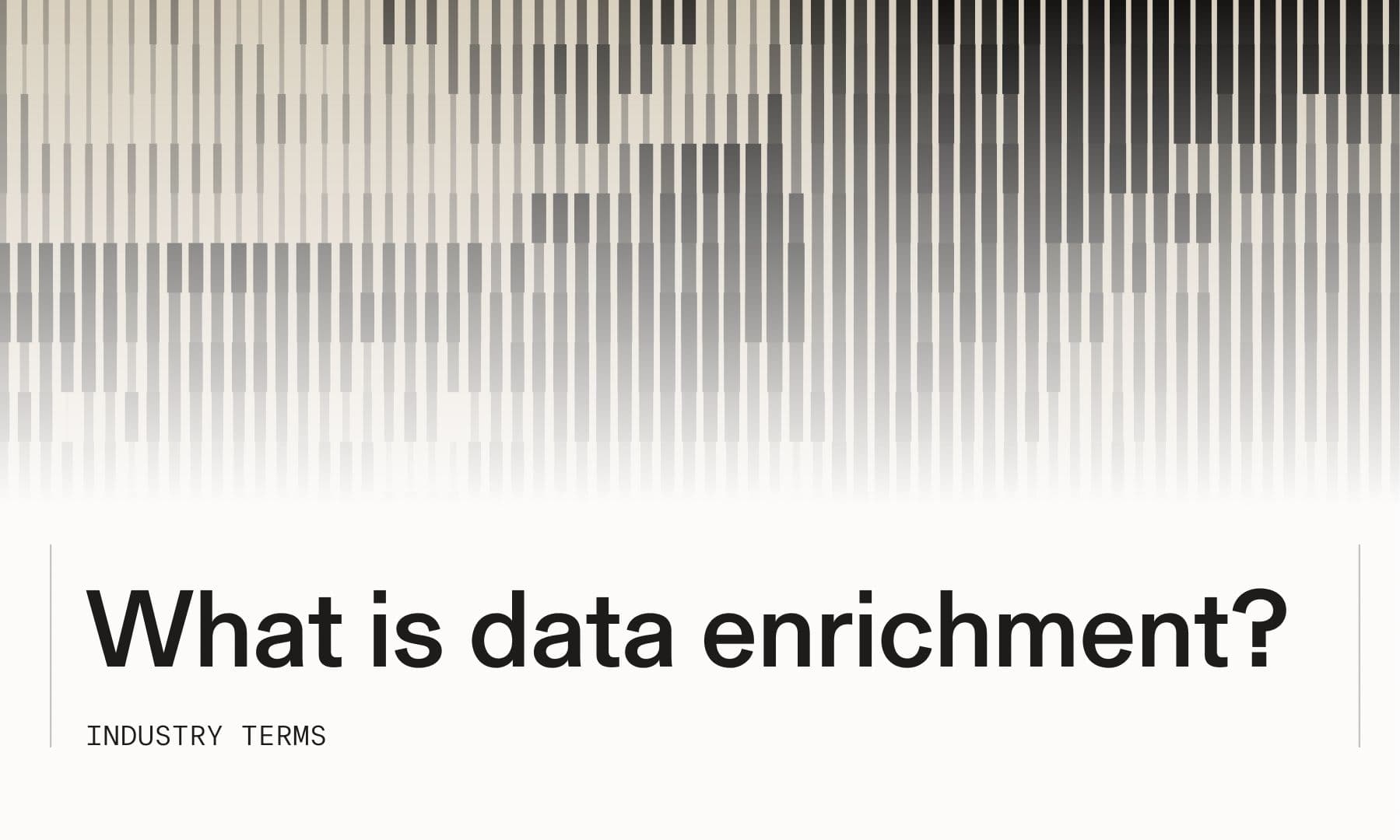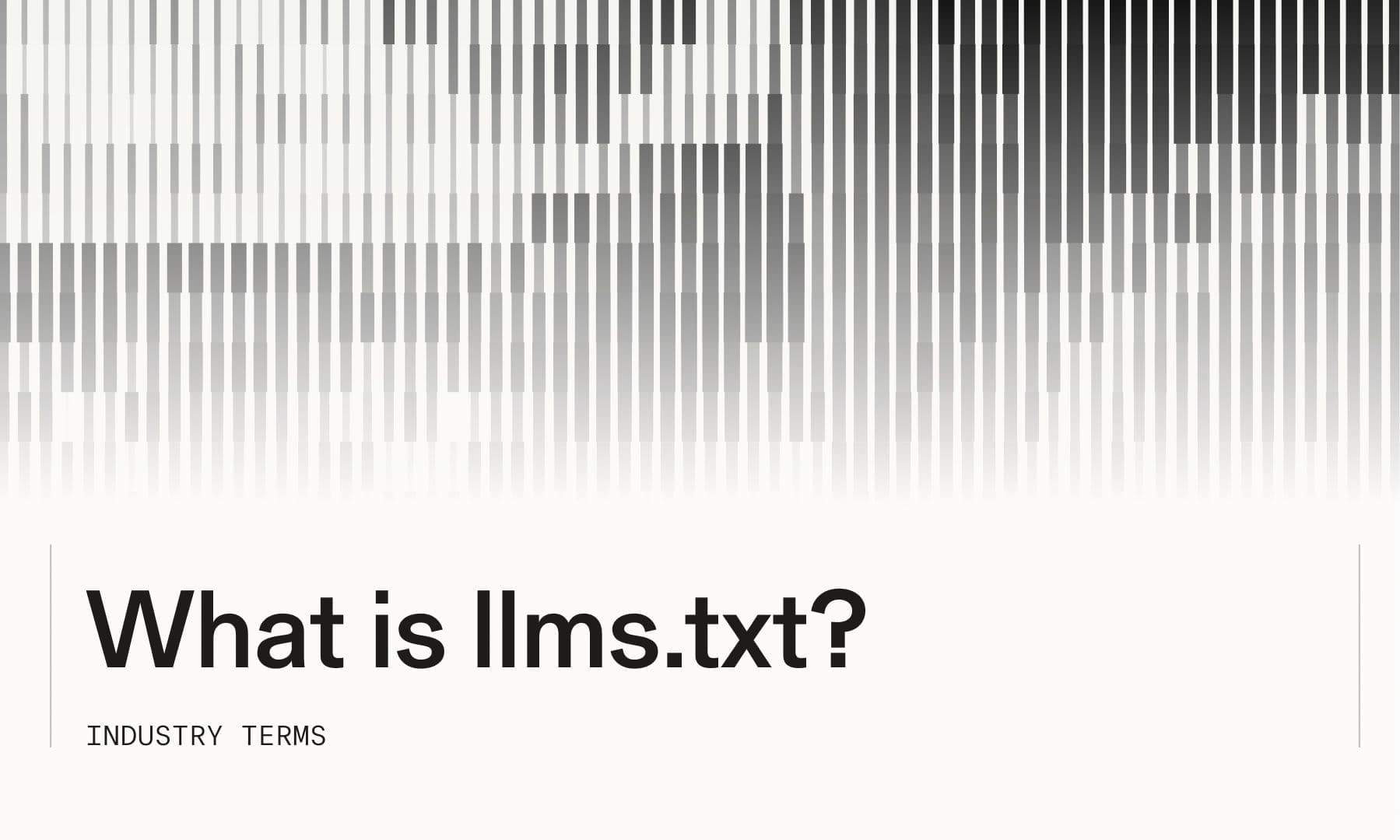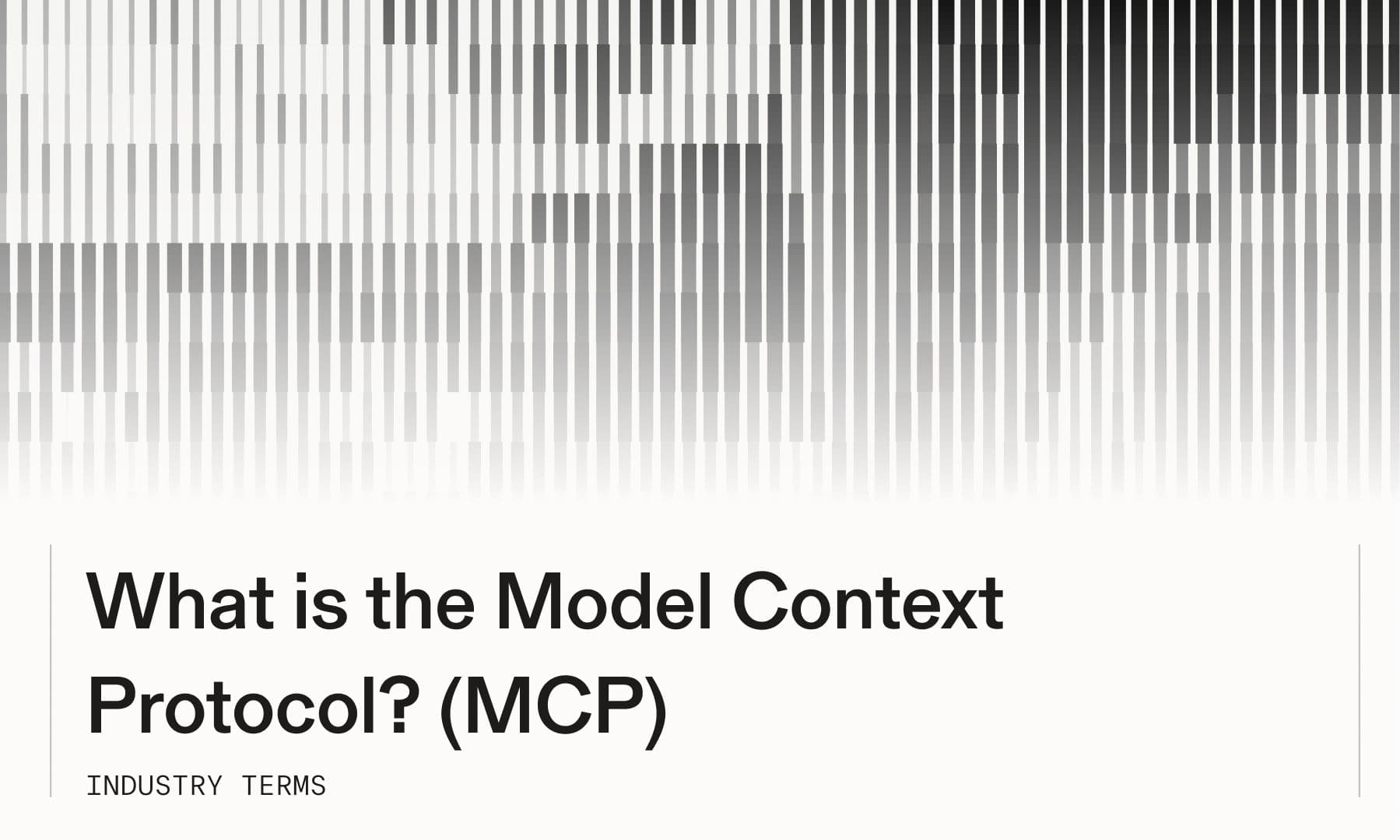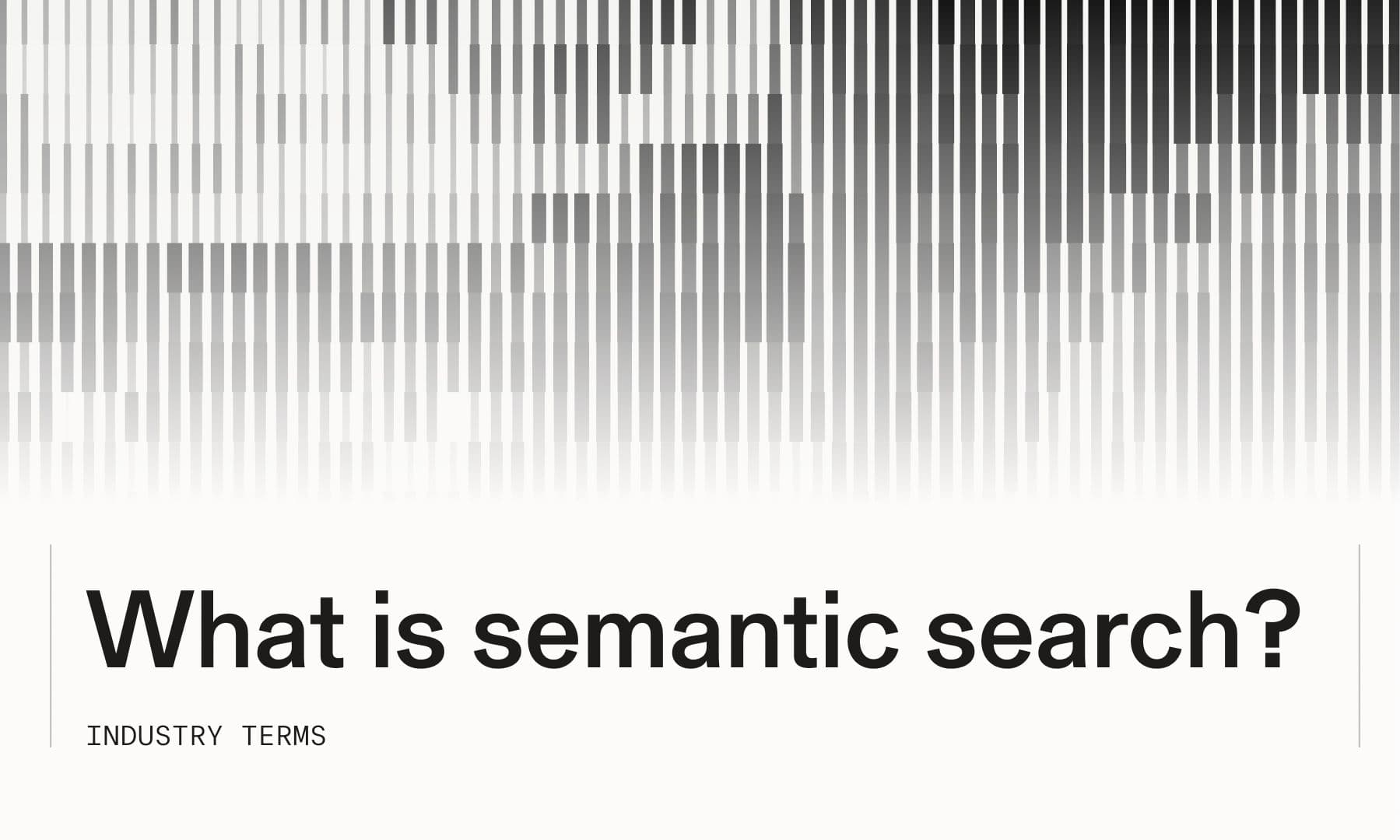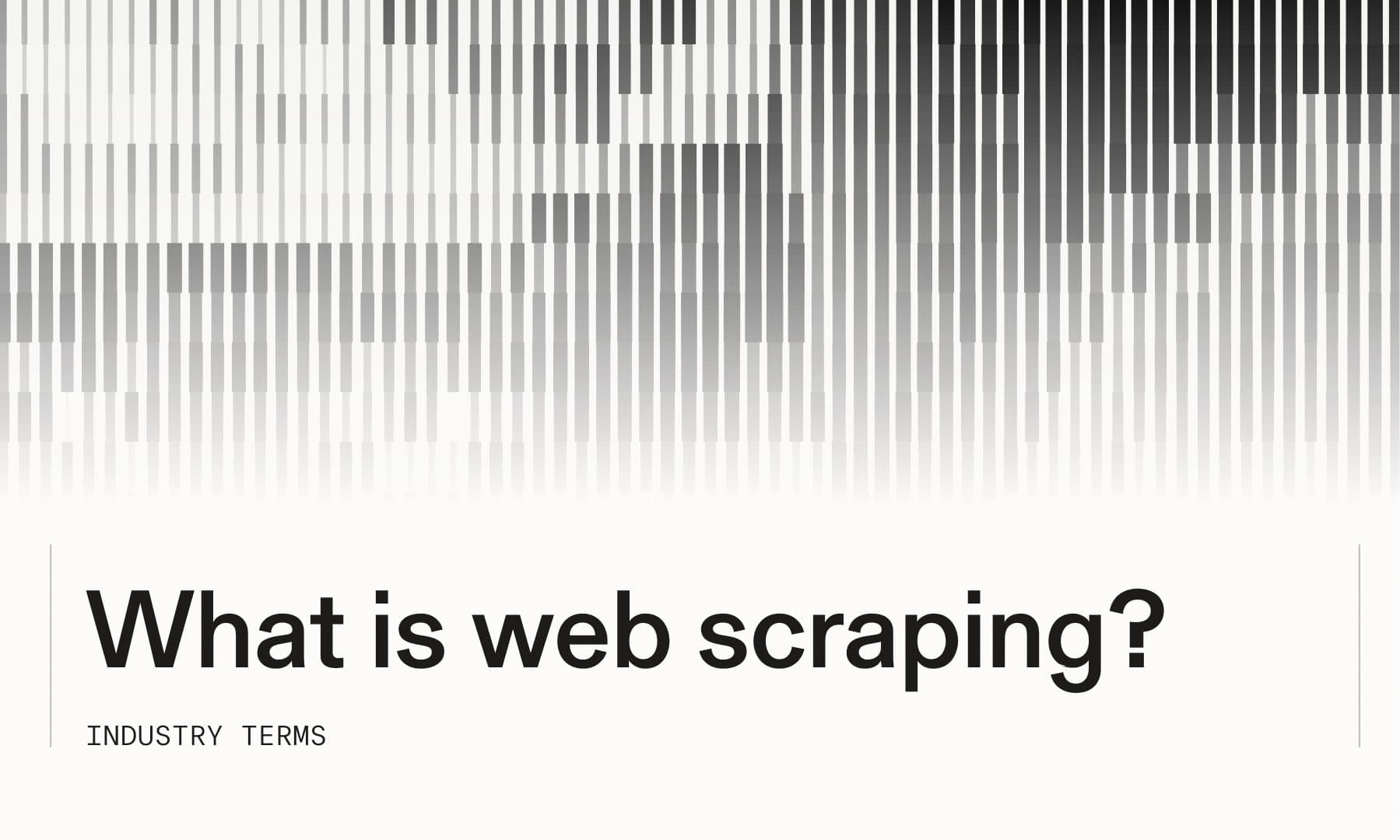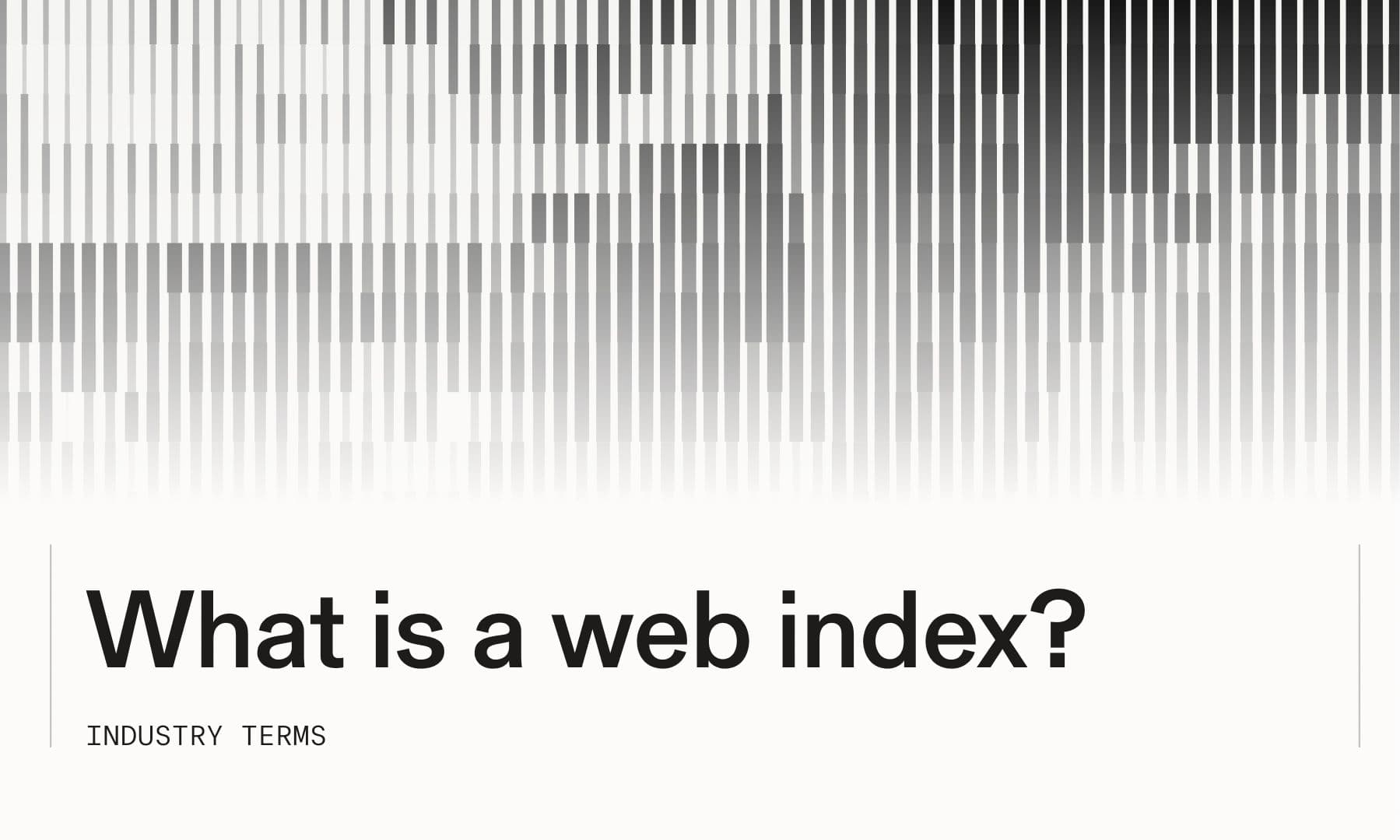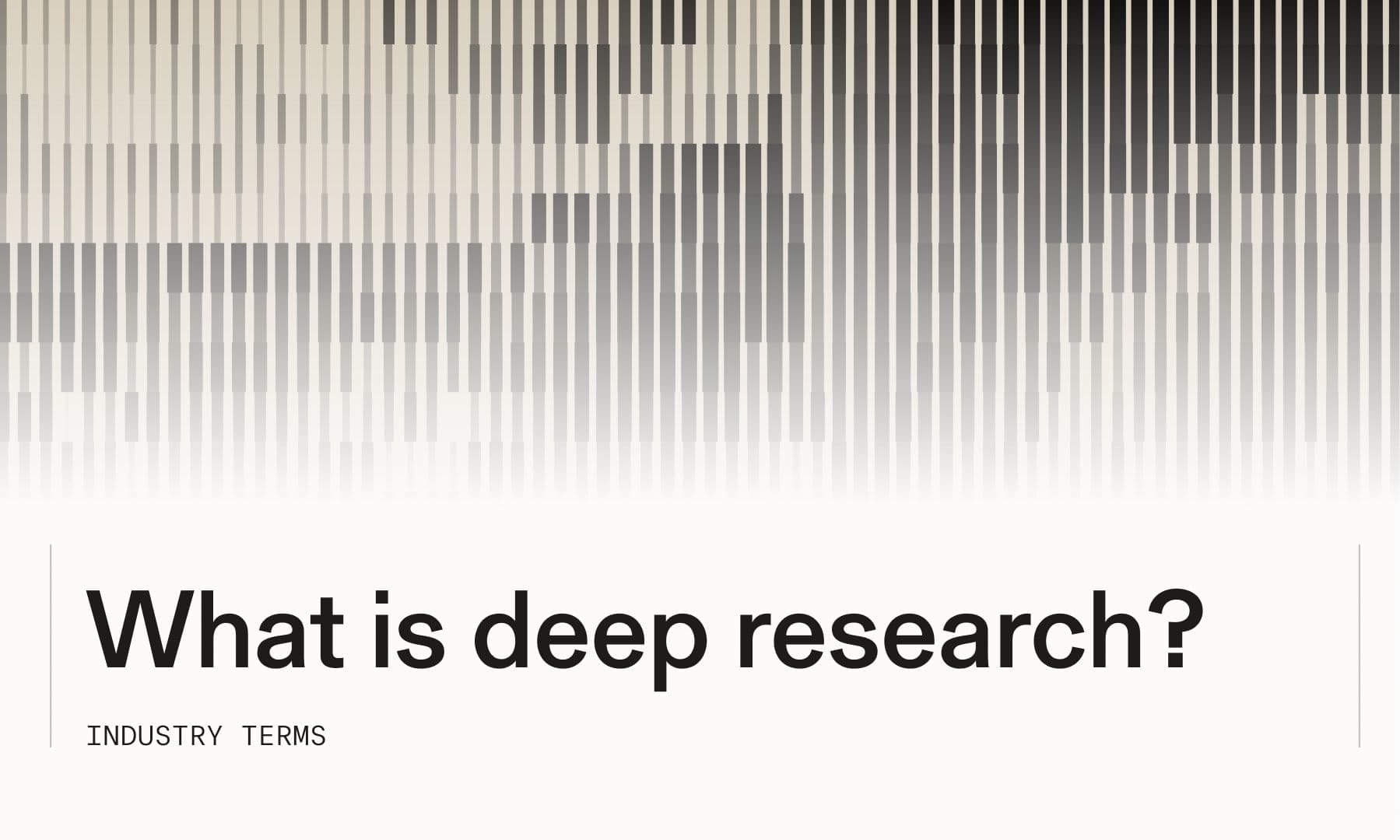
# What is a web search API?
Web search APIs transform how AI systems access the web. Instead of returning clickable pages designed for human browsing, these programmatic interfaces deliver structured, machine-readable data—URLs, excerpts, metadata—optimized for software to parse and process immediately.
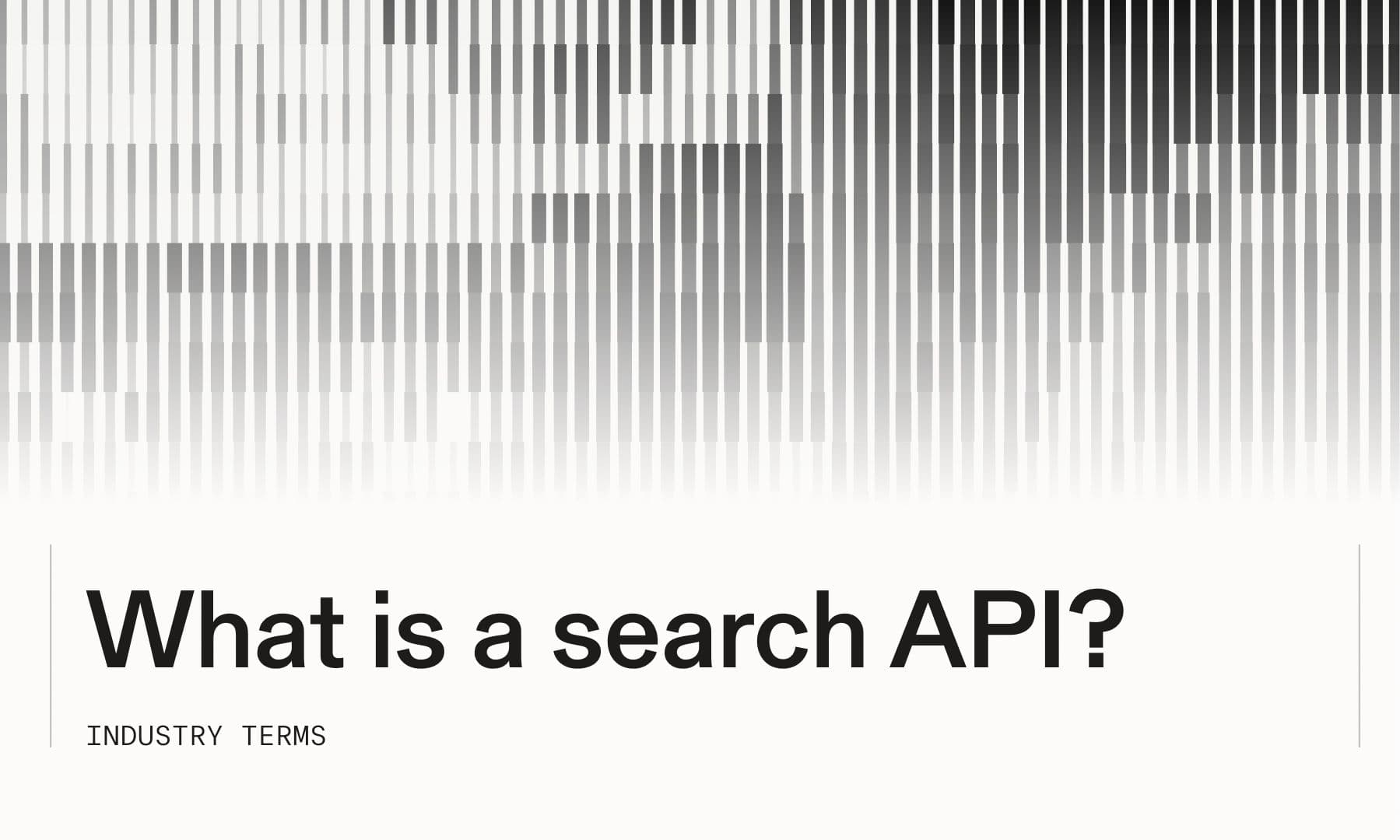
## **What is a web search API?**
Traditional search engines like Google or Bing present results as HTML pages with short teaser snippets. A modern web search API returns JSON responses containing clean information your code consumes directly. When you're building an AI agent or automation workflow, you need structured data, not browser-friendly pages.
## **Core architecture: crawl, index, retrieve, respond**
Web search APIs (and AI search APIs) typically operate through four stages. Web crawlers navigate the internet, discovering and downloading pages across millions of sites. Indexing systems parse this content and build searchable data structures that organize text, metadata, and relationships.
When your query arrives, the API matches it against the index using algorithms that weigh keyword frequency, page authority, and content freshness. The response packages matching results as structured data—URLs with excerpts, timestamps, and source links ready for your application to consume.
## **Why AI developers need programmatic web access**
LLMs process tokens, not HTML pages. Traditional search engines return short teaser snippets designed to generate clicks, forcing developers to build complex pipelines that search, scrape, parse, chunk, re-rank, and finally feed content to the model.
Each step adds latency and failure points. A web request times out. A scraper breaks when a site redesigns. Token costs balloon when you ingest entire articles to extract two relevant paragraphs. You're orchestrating five different tools that might break independently.
### **Ground responses in verifiable sources**
LLMs trained on static datasets generate plausible-sounding answers even when they lack current information. Web search APIs ground model outputs in real-time data with verifiable sources. When your AI agent cites a specific URL and excerpt, users can verify the information rather than blindly trusting generated text.
This verification matters in enterprise contexts where accuracy isn't negotiable. Like in financial analysis, medical research, or legal work. You're building trust through provenance, not just improving response quality.
### **Collapse multi-step pipelines into one call**
AI-native search APIs eliminate much of the orchestration burden entirely. You send a research objective like "Find the current executive leadership of Stripe" and receive structured, LLM-ready excerpts in a single response. No separate scraping service, no parsing library, no chunking logic.
You only need to integrate one API with predictable performance instead of maintaining five different tools. Your architecture simplifies while reliability improves.
### **Control latency and token costs**
Full webpage ingestion wastes tokens on navigation menus, footers, ads, and boilerplate content. Well-designed web search APIs return focused excerpts containing the information density your model actually needs, which is typically a few paragraphs per result rather than 10,000-word articles.
Fewer tokens mean faster processing and lower end-to-end costs. When you're running thousands or millions of agent queries daily, efficiency gains compound into substantial cost savings.
## **Modern search API capabilities**
Enterprise-grade APIs expose capabilities that basic search wrappers don't provide:
**Extended excerpts vs. short snippets**: Basic APIs return brief teasers identical to browser search. Enterprise APIs provide substantive passages with enough context for AI reasoning—often 500 to 2,000 characters versus two-sentence snippets.
**Freshness controls**: Fixed crawl schedules versus configurable recency parameters. Specify "content from the past 24 hours" rather than accepting whatever the provider's schedule delivers.
**Transparent attribution**: URLs only versus explicit provenance with excerpt-to-source mapping. Connect each fact to its origin for verification.
**Result customization**: Limited filtering versus granular controls for excerpt length, allowed domains, and date ranges without post-processing.
**Reliability guarantees**: Best-effort service versus SLAs with uptime commitments and dedicated support for production deployments.
### **Structured metadata extraction**
High-quality APIs extract semantic metadata beyond raw text—article publication dates, author information, content categories, or domain-specific schema like product prices and availability. Structured metadata enables sophisticated filtering without post-processing the raw response.
### **Evidence links for verification**
Transparent attribution connects information to its source URL and the specific excerpt that supports it. When your AI agent claims "Company X raised $50M in Series B funding," the response includes the press release or news article where that fact appeared. This verification transforms AI outputs from black-box predictions into auditable research.
### **Granular controls for freshness and length**
Real-time news monitoring prioritizes content from the past few hours. Historical research pulls from archives spanning years. Some queries benefit from concise 200-character excerpts while complex research tasks need 2,000-character passages. Leading APIs expose parameters for both dimensions.
## **Key use cases unlocked by programmatic web access**
### **Retrieval-augmented generation**
RAG systems enhance LLM responses by retrieving relevant context before generation. When a user asks about recent developments in quantum computing, the system queries a web search API for current articles, passes the excerpts to the LLM as context, and generates an answer grounded in real-time information. This pattern dramatically reduces hallucinations while keeping responses current.
### **Autonomous web workers**
Multi-step knowledge task workflows require agents to formulate queries, evaluate results, identify information gaps, and iterate until they've gathered sufficient information to achieve their objective. A financial analysis agent might research a company's recent earnings, then search for competitor performance, then look up relevant market trends—each query informed by previous findings.
Web search APIs provide the intelligence layer that connects reasoning steps to real-world data. Without programmatic web access, agents would otherwise remain trapped in their training data.
### **Market and news monitoring**
Automated tracking systems continuously query for mentions of brands, products, competitors, or industry keywords. When the API returns new results matching your criteria, your system triggers alerts, updates dashboards, or initiates downstream workflows. This real-time intelligence powers reputation management and competitive analysis without manually checking dozens of sites.
## **Implementation: calling a web search API**
### **Obtain an API key**
Sign up with your chosen provider and generate an API key from your account dashboard. Store this key securely—it authenticates your requests and tracks usage for billing. Most providers offer free tiers with limited requests per month for testing.
### **Craft search queries or objectives**
Send traditional keyword queries or natural language objectives depending on the API's capabilities.
12345 objective: "What came first, the iphone or blackberry?",
search_queries: [
"iphone release date",
"blackberry relesea date"
]``` objective: "What came first, the iphone or blackberry?", search_queries: [ "iphone release date", "blackberry relesea date" ]``` The objective guides the overall research goal while parameters like **max_results **and **max_chars_per_result** control response format.
### **Parse JSON responses**
The API returns structured JSON containing an array of results. Each result typically includes a URL, title, excerpt, published date, and relevance score. Your code extracts these fields and routes them appropriately—perhaps concatenating excerpts as LLM context or storing URLs for citation.
### **Post-process or feed into an LLM**
For RAG applications, concatenate the excerpts with your user's question and send the combined text to your LLM. The model generates a response informed by the retrieved context. For data extraction tasks, parse the excerpts directly, looking for specific entities or facts to populate a database.
## **Economic considerations**
Pricing models vary significantly across providers. Per-request pricing charges a fixed amount for each API call regardless of result size. Per-token pricing charges based on actual content returned. Some providers charge separately for the search operation and content extraction, so compare total costs across your expected usage patterns.
### **Scaling for high-volume agents**
Rate limits constrain how many requests you can make per second or per day. Free tiers typically allow hundreds of requests monthly—sufficient for prototyping but inadequate for production. As your application scales, you'll need higher limits through paid plans.
Beyond raw throughput, consider latency requirements. Some APIs offer tiered service levels where premium tiers prioritize your requests for faster response times. For autonomous agents making dozens of sequential queries, milliseconds compound into noticeable user experience differences.
## **Evaluation criteria**
### **Benchmark precision and recall**
Run test queries representative of your domain and manually evaluate result quality. Precision measures how many returned results are actually relevant. Recall measures how many relevant results the API found. For specialized domains like medical research or legal analysis, generic search APIs often underperform because their indexes and ranking algorithms optimize for general web queries.
### **Verify SOC-II and data residency**
Enterprise deployments require security certifications proving the provider implements appropriate controls for data handling, access management, and incident response. SOC-II Type 2 certification demonstrates ongoing compliance rather than a point-in-time audit. If you operate in regulated industries or specific geographies, confirm the provider can meet data residency requirements.
### **Assess latency under load**
Test API performance under realistic conditions, not just isolated requests. How does latency change when you're making ten concurrent requests versus a hundred? Do response times degrade during peak hours? Set up monitoring to track P50, P95, and P99 latency percentiles.
## **Frequently asked questions**
**Is a web search API the same as an api search engine?** The terms are used interchangeably. "Web search API" emphasizes the interface while "API search engine" emphasizes the underlying search technology. Both refer to programmatic access to search capabilities.
**Can I use a web search API for commercial products?** Most enterprise providers offer commercial licenses, but review terms of service before deploying to production. Some providers restrict certain use cases like building competing search products or reselling raw search data. Free tiers typically prohibit commercial use.
**How fresh is the data returned by search APIs?** Freshness varies by provider. Some offer real-time indexing while others update daily or weekly depending on their crawling infrastructure. Check the provider's documentation for crawl frequency and test with time-sensitive queries to validate actual freshness.
**Do search APIs offer free tiers for testing?** Many providers offer free tiers with limited requests per month. Free tiers work well for prototyping and proof-of-concept development, though production applications typically require paid plans for higher rate limits and SLA guarantees.
## **Build with Parallel's Search API**
Parallel's Search API[Parallel's Search API]($https://platform.parallel.ai/play/search) delivers enterprise-grade accuracy with transparent attribution and structured outputs optimized for AI agents. The API provides verifiable, current information from the web—grounding AI responses in facts, not hallucinations.
Get started at https://platform.parallel.ai/home[https://platform.parallel.ai/home]($https://platform.parallel.ai/home)
By Parallel
October 14, 2025

